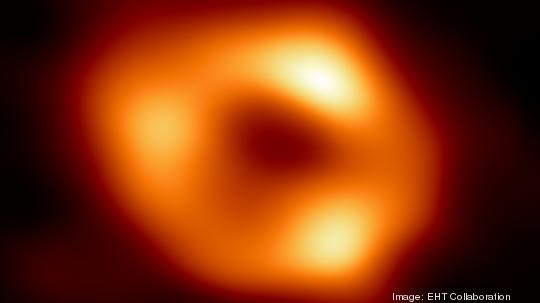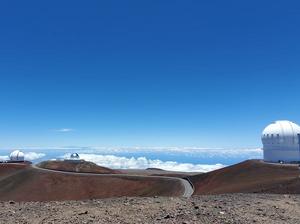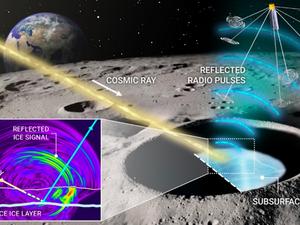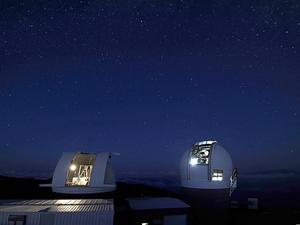
Observations from two Hawaii telescopes helped produce the first image of the supermassive black hole at the center of the Milky Way galaxy, which was unveiled by astronomers this week.
The image was produced by a global research team called the Event Horizon Telescope Collaboration, using observations from a worldwide network of radio telescopes, including the James Clerk Maxwell Telescope and the Submillimeter Array, both of which are located near the summit of Mauna Kea on Hawaii Island.
According to an announcement about the discovery, the image is a "long-anticipated look" at the center of our galaxy. The black hole is approximately 27,000 light-years away from earth.
"Scientists had previously seen stars orbiting around something invisible, compact and very massive at the center of the Milky Way," the announcement states. "This strongly suggested that this object — known as Sagittarius A* — is a black hole, and [Thursday's] image provides the first direct visual evidence of it."
The black hole itself is not visible because it's completely dark, but officials said the glowing gas around it reveals a dark central region, called a shadow, that's surrounded by a bright, ring-like structure.
According to the announcement, the new image captures the light bent by the gravity of the black hole, which is 4 million times more massive than the sun.
“We were stunned by how well the size of the ring agreed with predictions from Einstein’s Theory of General Relativity," EHT project scientist Geoffrey Bower, chief scientist for Hawaii operations from the Institute of Astronomy and Astrophysics, Academia Sinica, Taipei, said in a statement. "These unprecedented observations have greatly improved our understanding of what happens at the very centre of our galaxy, and offer new insights on how these giant black holes interact with their surroundings.”
According to the announcement, the effort was made possible through the work of more than 300 researchers from 80 institutes around the world that together make up the EHT Collaboration.
In addition to developing complex tools to overcome the challenges of imaging the black hole, the team worked for five years, using supercomputers to combine and analyze data, while compiling an unprecedented library of simulated black holes to compare with the observations, the announcement noted.
The EHT Collaboration in 2019 released the first ever image of a black hole. That black hole, M87*, was named Powehi – a name sourced from the Kumulipo, a Hawaiian creation chant, and which means "embellished dark source of unending creation."







